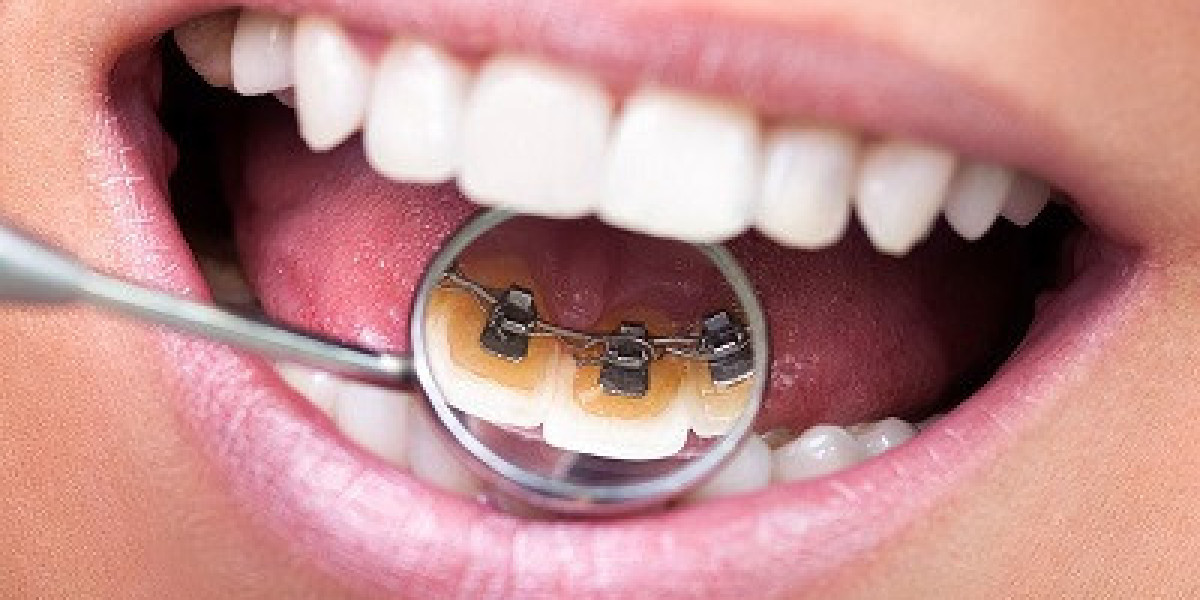Underbites, a common dental concern where the lower jaw protrudes beyond the upper jaw, can lead to various functional and aesthetic issues. Fortunately, there are several effective treatment options available, including Dental Braces In Dubai. Understanding the different types of braces and corrective options is crucial for anyone seeking to improve their bite and overall dental health.
What is an Underbite?
An underbite occurs when the lower teeth extend further forward than the upper teeth when the mouth is closed. This misalignment can result in several issues, including:
- Difficulty in chewing and biting.
- Increased wear on teeth.
- Jaw pain or discomfort.
- Speech difficulties.
While underbites can arise from genetic factors, thumb-sucking, or prolonged pacifier use in childhood, many adults and children face this challenge and seek corrective measures.
Types of Braces for Treating Underbites:
When it comes to correcting an underbite, several types of dental braces in Dubai are available. Each option offers distinct advantages, and your dentist or orthodontist will help determine the best fit for your needs.
Metal Braces:
Metal braces are the most common and traditional form of braces. They consist of stainless steel brackets and wires that are adjusted over time to gradually shift the teeth into the correct position.
Advantages:
Effective for severe cases of underbites.
Highly durable and resistant to damage.
Typically the most affordable option.
Disadvantages:
More noticeable than other types of braces.
May cause discomfort initially.
Ceramic Braces:
Ceramic braces function similarly to metal braces but use clear or tooth-colored brackets to blend in with the teeth. This option is particularly appealing for those concerned about aesthetics.
Advantages:
Less noticeable than metal braces.
Effective for treating underbites.
Disadvantages:
More fragile than metal braces.
Typically more expensive.
Lingual Braces:
Lingual braces are placed on the back of the teeth, making them virtually invisible from the front. They are customized for each patient and can be an effective option for treating underbites.
Advantages:
Completely hidden from view.
Customized for individual tooth structure.
Disadvantages:
May be more uncomfortable initially.
Can be more challenging to clean.
Alternative Treatments for Underbites:
While braces are a primary option for correcting underbites, other treatments may also be recommended based on the severity of the condition.
Clear Aligners:
Clear aligners, like Invisalign, are a popular alternative to traditional braces. They use a series of custom-made, transparent trays that gradually shift teeth into place.
Advantages:
Removable and virtually invisible.
More comfortable than traditional braces.
Disadvantages:
May not be suitable for severe underbites.
Requires disciplined wear (usually 20-22 hours a day).
Orthognathic Surgery:
In severe cases of underbite, orthodontic surgery may be necessary. This procedure involves repositioning the jaw for proper alignment and can be combined with braces for optimal results.
Advantages:
Can provide a long-term solution for severe jaw misalignment.
Improves both function and appearance.
Disadvantages:
Involves a longer recovery period.
Requires a thorough evaluation and planning.
The Treatment Process: What to Expect:
If you’re considering dental braces in Dubai for an underbite, here’s what you can expect during the treatment process:
Initial Consultation:
During your first visit, your dentist will evaluate your bite, take X-rays, and discuss treatment options. They will explain the pros and cons of each option and help you choose the best course of action.
Treatment Planning:
Once you choose a type of brace, a treatment plan will be created. This plan will outline the estimated duration of treatment and the specific adjustments required throughout the process.
Application of Braces:
For traditional braces, brackets will be bonded to your teeth, and wires will be threaded through them. If you opt for clear aligners, you’ll receive your first set of trays during this appointment.
Regular Adjustments:
Regardless of the type of braces, regular follow-up appointments will be scheduled to monitor progress and make necessary adjustments. This typically occurs every 4-6 weeks.
Maintaining Oral Hygiene with Braces:
Maintaining good oral hygiene is crucial when wearing braces, as they can trap food and plaque. Here are some essential tips:
Brush Regularly: Brush your teeth after every meal to remove food particles and plaque.
Floss Daily: Use a floss threader or orthodontic floss to clean between brackets and wires.
Avoid Certain Foods: Steer clear of sticky, hard, or chewy foods that could damage your braces.
Conclusion:
Correcting an underbite with dental braces in Dubai is a viable option for enhancing both function and aesthetics. Understanding the different types of braces available, the alternative treatment options, and the treatment process can help you make informed decisions about your dental care. If you are considering braces for an underbite, consult a qualified orthodontist in Duba








